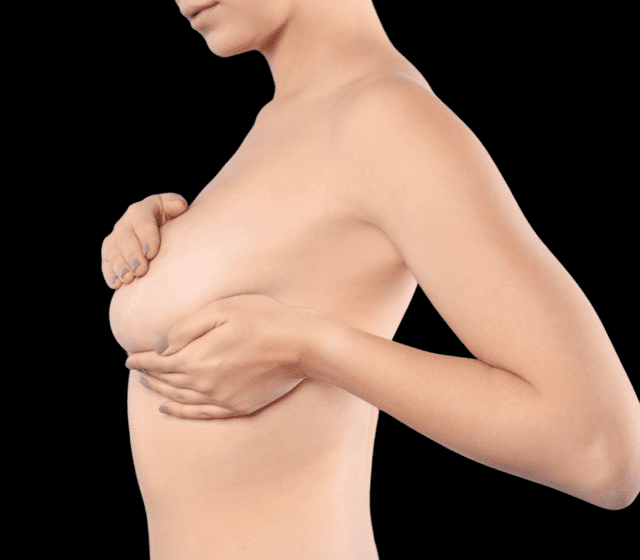


A hernia is defined as a protrusion of an organ or part of an organ through a weakness in its surrounding soft tissue. This is most commonly seen in the abdomen (belly).
Hernias can arise from any number of causes. Typically, hernias can arise following surgery (incisional hernias) or following increases in the pressure inside the abdomen such as pregnancy (when umbilical hernias can develop or a weakness in the rectus muscle arises).
A hernia is defined as a protrusion of an organ or part of an organ through a weakness in its surrounding soft tissue. This is most commonly seen in the abdomen (belly).
Hernias can arise from any number of causes. Typically, hernias can arise following surgery (incisional hernias) or following increases in the pressure inside the abdomen such as pregnancy (when umbilical hernias can develop or a weakness in the rectus muscle arises).
Patients will present often with a bulge that worsens on coughing, or that is noticeable on doing a sit up. It can be accompanied by discomfort or pain. A complication of a hernia is when the hernia itself becomes stuck and its blood supply may be lost. This can be a surgical emergency.
Treatment involves surgically replacing the organ back into the abdomen and repairing the weakness. Sometimes this weakness requires a synthetic mesh to reinforce the repair.
This can be performed at the same time as a tummy tuck (abdominoplasty) or part of a mummy makeover. This is because very often there is a looseness of skin after the repair.